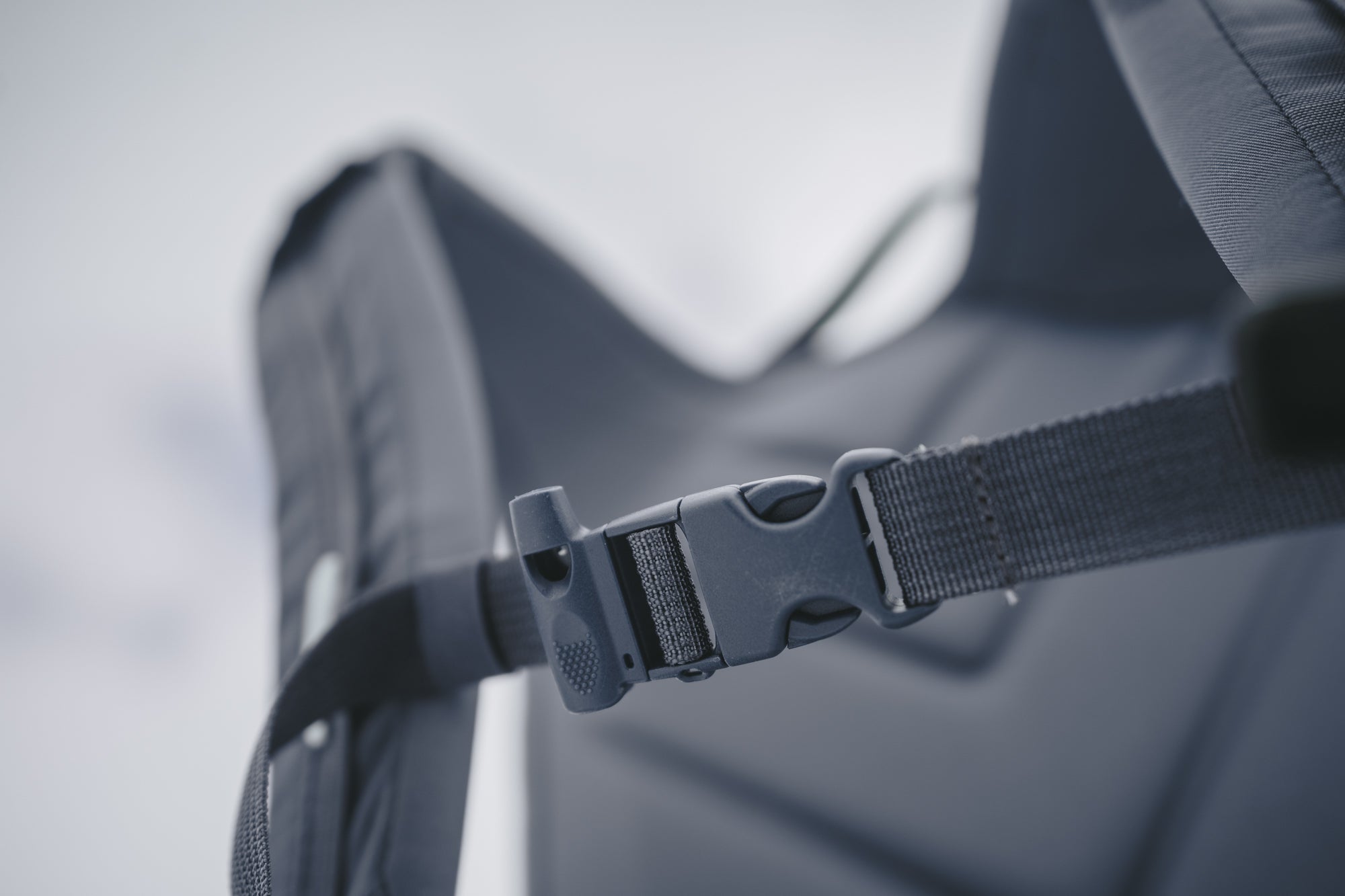Avalanche Accident Arlberg
"The slide occurred on a northeast-facing, windy slope. I was skiing with a guide. We had ascended with skins from the SW. There was no previous evidence of spontaneous avalanches. It was early season, and there had been fresh snow and wind the previous two days.
We skied under the rock face at the very top of the slope and began the descent from about 2500 meters. It was a short distance to the edge of a rock face (ten or fifteen turns or 50 meters), my guide first went to the left edge of the rock face to investigate the conditions. After a short while he signaled me to follow him. I started down right next to the guide's tracks. After five laps, I heard the guide call my name. I looked up at a wall of loose snow that appeared to be 2 meters high, and at the base was a standing wave of dense snow half a meter high. The standing wave seemed to be moving toward me. It was a bit windy, so I never heard a telltale crack or boom. My first warning of danger was a shout from the guide.
Eventually I realized I was at the start of a gully. At first I tried to ski out, which proved futile. As I approached the rock face, I gave in to the inevitable and began to prepare for the ride. I threw off my poles and grabbed the release handle of the ABS® backpack. I was wearing medium-weight gloves, and it took two tries to get a good grip on the handle. The first attempt was with my right hand alone. I mis-gripped and my hand slipped. On the second attempt, I went with both hands and got it fairly easily. Had I had heavier gloves or mitts, a one-handed pull would never have worked. In the future, I would pull on the handle with both hands from the start.
I felt the airbag deploy as I went over the cornice. There was quite a fall over the cornice, maybe 20 feet. I fell feet straight down for a few seconds at first. I was completely covered with the snow pack so I couldn't see anything. The fall must have ended in a pile of snow that had come from the cornice in front of me. The landing was soft, and I stood still for a second or two, but then the snow from above began to pile up on everything in a short time and became very heavy. At this point the snow pack began to move rapidly and fling me upside down. I suspect that my bindings were thrown out by the cornice during the very first turn after the fall. The turns were deliberate, not fast and not slow. At the beginning of each turn, I could see the white of the snow all around, but not the sky. The snow was light enough that I could push it away from my mouth, breathe, and do a few chest thrusts. At the bottom of the rotation it was completely black, and the weight of the snow prevented any kind of movement. I went through 3 or 4 full cycles and then think I was thrown off a small cliff. Just before I went over the cliff, I was at the end of a rotation, and then suddenly the weight was gone, and I could see white. The rotation stopped, I was in a prone position and felt weightless, but still surrounded by snow. After a few seconds, I landed hard and hit a rock on the side of my lower right leg and knee.
After the impact, there was a slight pause as the snowpack compressed around me, then back down the fall line at freight train speed. I felt another twist, and then the slide began to slow. As the speed decreased, my body stopped sliding and continued the wave-like motion from the prone position, head first, downhill. Then the avalanche seemed to come to an abrupt halt, I was rolled onto my back and continued sliding until I emerged completely uncovered from the snowpack on the valley floor.
Two interesting notes about the ABS® backpack: first, I believe that because of the backpack, I kept sliding to the top of the snow pack and kept coming back close to the surface. This allowed me to get some air through each turn and swim a little higher. Second, I think the backpack helped me stay in a prone position when I fell off the cliffs with my head over my legs, so my legs instead of my head, neck, or shoulders could absorb the impact."
G. D.
Foto: Tegan Mierle





